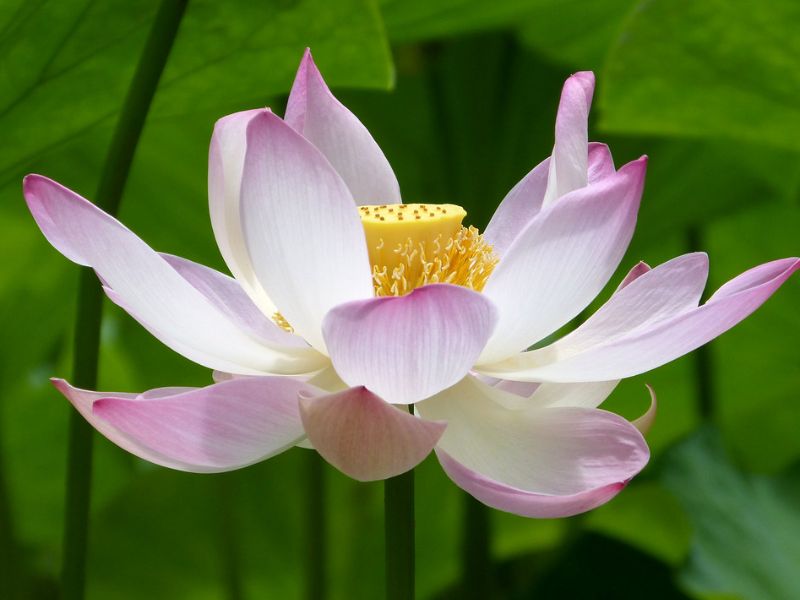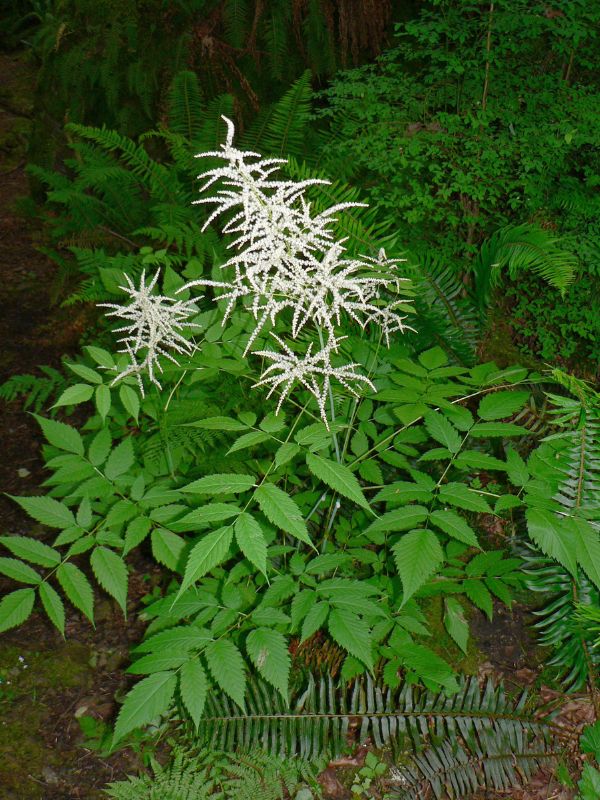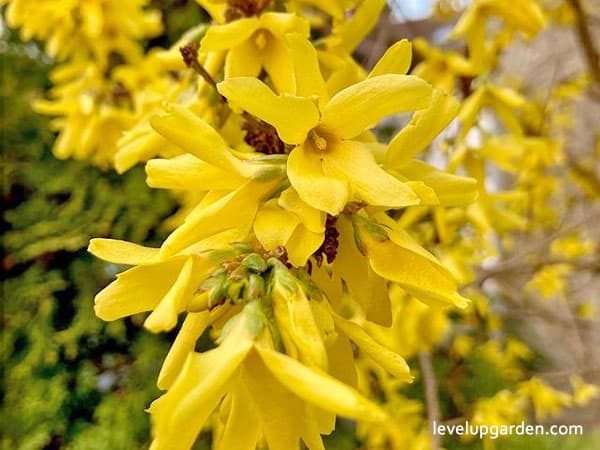Hyophorbe lagenicaulis, the Bottle Palm or Palmiste Gargoulette, is a species of flowering tree in the palm family. Its trunk resembles a wine bottle, making it an eye-catching evergreen palm to plant in gardens and containers. It is a compact tree, 3 to 4 meters tall, and quite small when grown indoors, making it a good choice for small gardens. As an outdoor plant, bottle palm is best suited to the southern part of the United States, USDA hardiness zones 10-11. Indoors, it grows well in a sunny window and requires little care.

The Bottle Palm tree is one of Florida’s most desired palms. The Bottle Palm is considered a dwarf palm, this palm is easy to grow and maintain. It gets its name from its trunk, which is shaped like a bottle and it is ideal for indoor or small outside gardens.
I. Plant Profile – An Overview of the Bottle Palm tree
| Common names | Bottle Palm, Palmiste Gargoulette |
| Botanical Name | Hyophorbe lagenicaulis |
| Plant Type | Palms |
| Plant Family | Palms – Cycads |
| Exposure | Full Sun |
| Height | 12′ – 15′ (3.6m – 4.5m) |
| Spread | 6′ – 8′ (180cm – 240cm) |
| Water Needs | Low, Average |
| Maintenance | Low |
| Soil Type | Chalk, Clay, Loam, Sand |
| Soil pH | Acid, Alkaline, Neutral |
| Soil Drainage | Moist but Well-Drained, Well-Drained |
| Mature Height | 5-7 ft Indoors; 10-20 ft Outdoor |
| Mature Width | 6-8 ft Indoors; 10-15 ft Outdoors |
| Sunlight | Full-Partial |
| Growth Rate | Slow |
II. Appearance
This evergreen tree is named for its trunk, which resembles a rounded bottle. When young, the trunk is shaped like a rounded bottle, but as it grows, it becomes slender and elongated, with no bulge at the base. The trunk is sparsely topped by a crown of four to eight feathery, glossy, dark green leaves, gracefully arching up to 180 cm long. The petioles are pale green with a smooth, waxy surface.
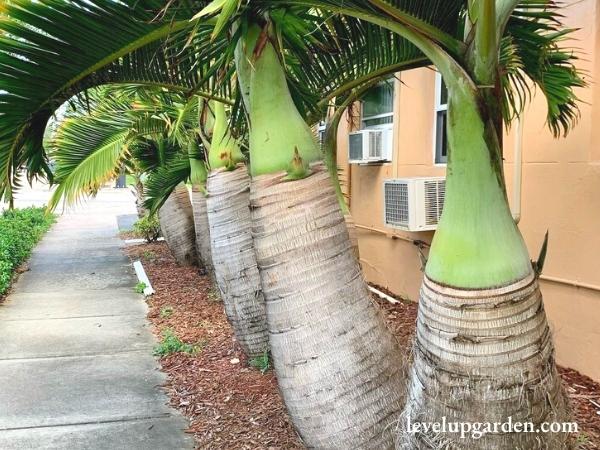
The leaves are 140 long, narrow, lanceolate, and arranged in two upward-pointing rows. It blooms cream-white flowers in branching inflorescences that surround the trunk below the crown of the tree. The small round fruits turn from green to black when ripe.
The trunk is large and swollen, sometimes bizarrely swollen, and flattened. Some believe that the swollen trunk is to store water. Only four to six leaves are open at any given time. Young leaves are reddish-orange in color, but turn deep green when mature. Flowers bloom from below the corolla.
It is often confused with the closely related spindle palm, which also has a swollen trunk. However, the trunk of the spindle palm is spindle-shaped in the center, whereas the trunk of the bottle palm swells from near the base and tapers upward. The inflorescence is four-segmented, and the 2.5-cm fruits are orange or black. The trunk of both species becomes thinner as the tree ages.
Hyophorbe lagenicaulis has a single trunk, about 2ft in diameter, with a ring scar and a green corolla on top. The gray, self-cleaning trunk is bottle-shaped and is called a bottle palm. The leaves are 140 in number, arranged in two upward facing rows, and are about 2ft long.
Its flowers are white and bloom from the bottom of the corolla, extending down the stem about 30cm. They are unisexual, with male and female flowers in the same inflorescence. The flowers are followed by greenish-black fruit-like berries that turn black when ripe. The oval fruit is about 1.5 inches long and contains a single seed inside.
III. Growing and Care Conditions
Bottle Palm Trees are tolerant of drought and salinity, mild growth, and tolerates temperatures down to 0°C (32°F). It is a unique palm suitable for specimen or grouping. It can also be grown indoors in containers.
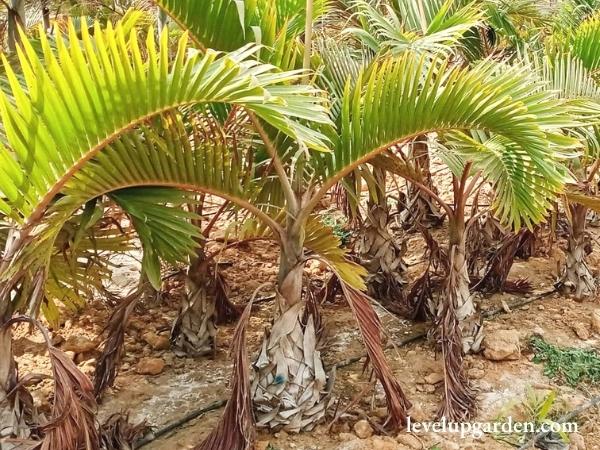
Planting
This tree grows well in shade, but its growth can be affected. When planted in shade, bottle palms tend to have longer trunks and may lean toward the sun.
Choose a planting site with well-drained soil. Bottle Palm adapts well to a wide range of soil conditions and is not overly particular. Next, dig a hole twice the size of the rootball. Then, place the tree in the hole and firm the soil around the tree roots to eliminate air pockets.
Place 2 to 3 inches of mulch around the tree roots to reduce weed growth and keep the soil moist. Ideally, mulch should be at least 2 to 3 inches away from the tree trunk.
Light
Bottle palm trees do well in areas that receive 6 to 8 hours of direct sunlight per day. It requires full sun once it is matured, even in intense light conditions, as long as it is hydrated. If it is newly planted, it can grow well on filtered light.
Watering
For the first 6 to 8 months after planting, keep the soil evenly moist so that the roots are well established. After that, water once a week if it is not raining. In the summer, watering may be necessary. Bottle palms should be watered when the first 2 inches of soil feels dry.
Fertilizer
It is good to fertilize in spring, mid-summer, early fall, and late fall. Use a general-purpose, high-potassium fertilizer designed specifically for palms. Add fertilizer when the soil is moist, then water deeply. Follow the fertilizer instructions on packaging for fertilizer application rates.
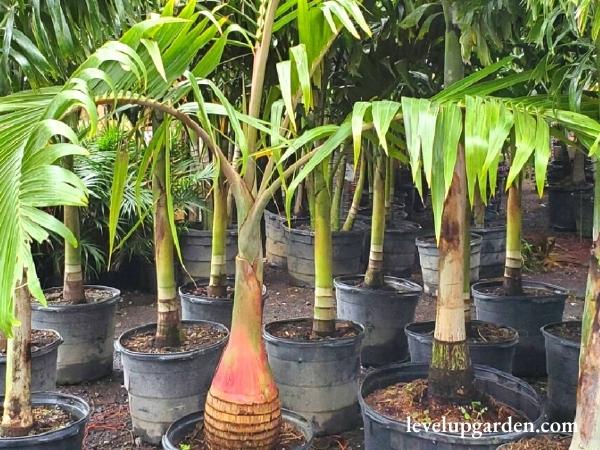
Temperature
Bottle palms are cold hardy and will not tolerate frost. It can handle temperatures up to 30 F. This tree is best suited for USDA zones 10a (30-35 F) to 11 (40 F and above).
Pruning
Bottle Palm Tree requires a little pruning. Cut off dead or damaged leaves as close to the trunk as possible and remove only what is needed.
Pests and Diseases
Bottle palms are relatively easy to care for with regard to diseases and pests. However, infection with a fungus called phytophthora can kill the tree. The first sign of this disease is wilting and discoloration of the young leaves. If caught early, it may be alleviated with fungicides.
Another fungal disease, reishi butt rot, found primarily in Florida, can be recognized by the formation of a conch (mushroom-like growth) on the trunk. An arborist can diagnose and treat fungal diseases and other bottle palm diseases.
Pests include giant palm borer, palm budworm, and thrips, which are non-fatal but can destroy leaves. Organic insecticides are effective in preventing pest infestations.
Pollination
Early in the growing season, bottle palms produce white flowers in short inflorescences below the crown. When pollinated by wind or insects, they produce small round fruits that turn from green to brown when ripe. They are edible, but their small size means that not many can be harvested.
IV. Uses
A blooming green garden on your balcony is not only refreshing, but also gives your home a delightful appearance. If you want to plant Bottle Palms in your garden, here is some basic information about bottle palms and how to use them. If you are a passionate gardener, you not only need to know how to take care of your plants, you also need to know their uses. Many plants are used in multiple ways.
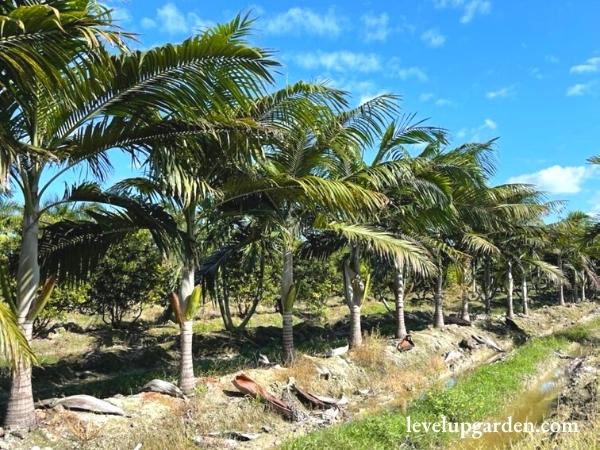
In addition to its cosmetic and aesthetic uses, there are several other uses for bottled palm that are useful to know. Other uses for this plant include. Bath crates, fuel biomass, oil making, jelly, sometimes wine making, traditionally considered a lucky plant, and used as an ornamental plant.
They are ideal for pools and shorelines. Bottle Palms have been tested on the coastlines of South Florida, Southern California, and Hawaii and are easy to grow and maintain. This unique palm tree easily tolerates salty air and ocean spray and is also naturally resistant to insects, disease, and chlorine.
V. Why should you buy this plant
With a trunk shaped like an antique Caribbean rum bottle, its silhouette adds value to the garden. As it matures, this wonderful palm takes on more and more of a bottle shape. The leaves grow thicker and the “bottle” shape becomes more defined. In other words, you will see the Bottle Palm become more interesting and more beautiful with each passing year. A mature, sturdy “bottle” can even become smooth.
As you can see, the bottle palm has many different characteristics that make it an eye-catching tropical accent. With bottle palms, your garden will become an oasis of relaxation and tropical ambiance. Bottle palms grow only four to six leaves with arching, feathery foliage. Because of its small number of leaves, it takes up little space and is ideal for busy garden beds.
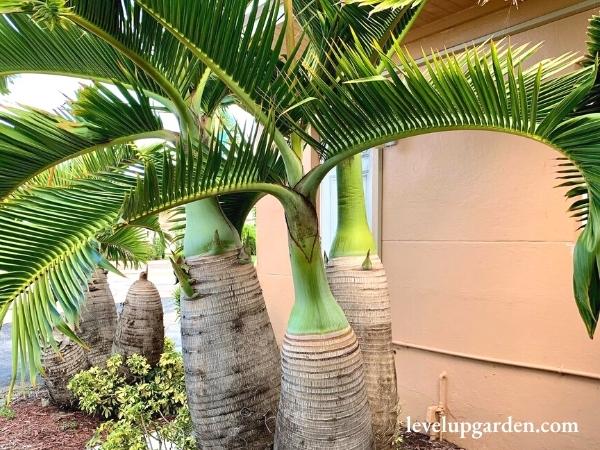
If grown in temperatures above freezing and well managed with water and mulch, it requires little or no mowing. Bottle palms are ideal for those who want to create a personal paradise with little effort.
With occasional leaf watering, the Bottle Palm makes a shapely and healthy companion for indoor pools, outdoor pools, and seaside patios. Imagine spending long afternoons by the water as dwarf bottle palms catch a light breeze and filter shade into your tropical drink.
What’s more, Bottle Palms grow just as well in containers as they do in the ground. They grow slowly and have shallow, small roots, so they don’t need to be constantly replanted. Expect the same Bottle Palm to grow in one pot for years. Plant two to four together in a large container for a sensational, eye-catching centerpiece in any sunny entryway, living room, or office.
If you choose just one plant to add an exotic touch to your home or garden, the bottle palm is a great choice. The leaves of this compact palm grow from a sturdy, looped trunk reminiscent of a rum bottle. Bottle palms are low-maintenance trees that grow in limited space, they produce only four to six feathery leaves, so they don’t take up much space in your outdoor design.
Their bright green leaves create a vivid contrast to darker greens and brighter colors, making them eye-catching. Bottle palms grow well in containers, so they can be kept indoors year-round and moved to the patio when temperatures are warmer. Their unique shape and small size make them a good match for both traditional and unique landscaping.
Once planted, they are easy to maintain as they require little pruning and are resistant to disease and pest damage.
VI. FAQs
How long does it take to grow a bottle palm?
Bottle palms take several years to fully grow, usually reaching a height of 10 to 12 feet; some older ones, over 100 years old, reach 15 feet tall, but this is rare. The canopy is small, consisting of half a dozen pinnate leaves, and can reach 10 feet in length.
How do you take care of a bottle palm plant?
The best soil is a well-drained, potassium-rich soil in full sun. When planting Bottle Palms, dig a hole twice as deep and wide as the rootball.
Can a bottle palm be grown indoors?
Bottle palms are small and slow growing and grow well in containers. They can also be grown indoors if you have a well-lit area. They should be grown in medium sized pots with a commercial potting medium or a cactus/succulent mixture.
Are bottle palm trees fast growing?
Bottle palm trees are slow growers. Since they are slow growing, purchase the largest possible and enjoy the exotic appearance of a mature specimen today. They are also easy to care for because the trunks are self-cleaning.
Why do bottle palms turn brown?
Lack of water can cause the entire plant to turn brown. Palms need to be watered when the soil surface becomes dry. Water until the soil is moist and excess water is drained from the pot. Overwatering and poor drainage can also cause browning.
